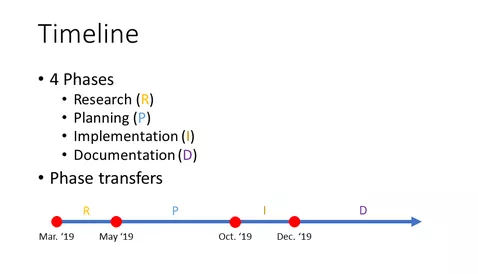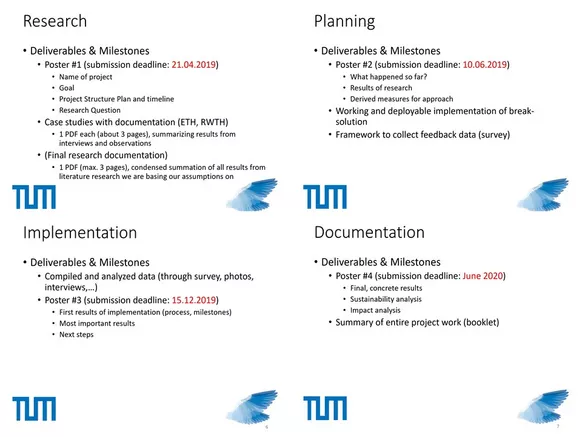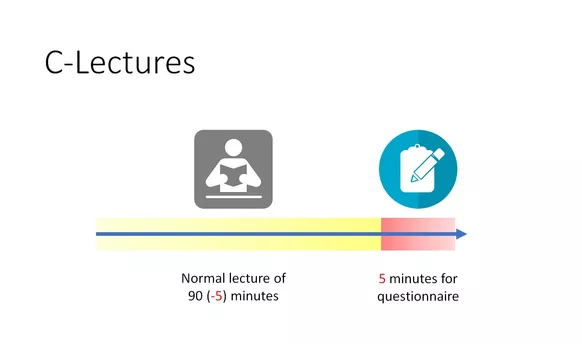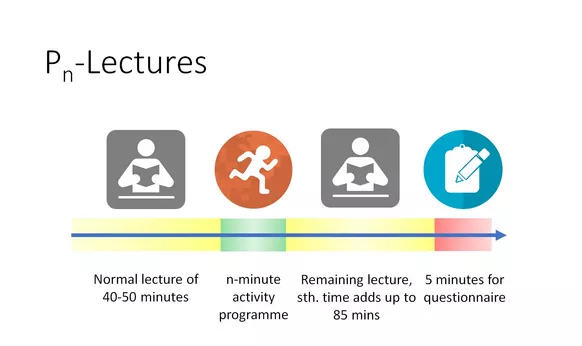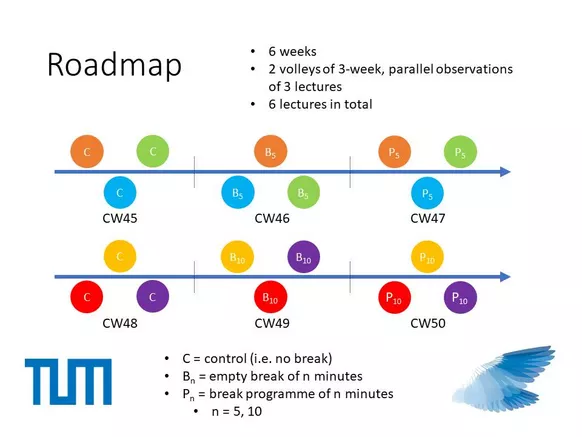
Welcome to the Quintessence website, a research team that was composed of six students from the Technical University of Munich (TUM). We endeavored to investigate the feasibility of enhancing the typical lecture environment for students through modifications to the arrangement of these sessions. The goal was to formulate methods for facilitating a more engaging, comfortable, and thought-provoking lecture, applicable regardless of the lecture topic or lecturer.
Through this website, we aimed to keep you updated on our progress throughout the project phase.
Daniel Frey, Information Management Officer
I was a student of TUM’s Biochemistry master’s degree programme. Having attended various university lectures and seminars as both a listener and a tutor, I constantly questioned the key factors that determined the efficiency of knowledge transfer between lecturer and audience. Consequently, I was thrilled about the opportunity to participate in this project, as it was likely to provide a more detailed insight into this critical issue.
Simon Gandorfer, IT-Officer
I was studying physics in the fourth semester. My daily university life often showed that many students felt that they were struggling to follow the lectures and thus could retain only a little information. This often resulted in them either being reluctant to attend lectures or not attending them at all. With our project, I wanted to help counteract this and ensure a more productive lecture environment.
Sophia Hasbach, Public Relations Officer
I was in the 6th semester of my sports science studies and I hoped that TUM: Junge Akademie would be a great experience where I could meet new people, learn something outside of my study field, and that it would provide me the opportunity to grow personally.
Dennis Huber, Team Connections and Communications Officer
I was in the second semester of my master’s studies of chemistry at the Technical University of Munich, specializing in organic and biological chemistry. Being accustomed to a strictly timed schedule with only a few breaks, I intended to stress the importance of regular and frequent interim breaks for retaining the maximum possible amount of concentration, attentiveness and retentiveness over the entire day, which was in fact key for learning success.
Saskia Hutschenreiter, BOM-Representative
I was a student in the fourth semester of the bachelor program management and technology, with a specialization in informatics. Our overall topic "attention and breaks" interested me because it had a touch point with pretty much everyone, but especially with us as university students. I was excited to see if our break concept would turn out to be effective and if we could positively affect not only the students of the lectures we would visit, but student's life overall at the TUM.
Jonas Papazoglou-Hennig, Project Leader
I was a second-year student studying mathematics at TUM. In addition to having followed many lectures up to now, I also started to work as a tutor very early on. As a student, I had very often been on the receiving end of sentences such as don’t bother with the lectures, they’re not worth it, just go to the exercises,… My hope was that our project would help to create a better and more productive lecture environment for fellow students and thus make lectures more attractive, since it was my conviction that they were an integral part of the learning process.
We were extremely grateful for the support that TUM: Junge Akademie provided us in the form of two highly experienced supervisors:
- Dr. Susanne Witzgall, Akademie der Bildenden Künste, Head of cx centre for interdisciplinary studies
- Prof. Dr. Hans Förstl, Klinik und Poliklinik für Psychiatrie und Psychotherapie (TUM)
Their input had been invaluable to the work our team did, providing us with guidance, ideas, and warnings of common pitfalls at every important step of the project.
We also greatly appreciated the support from our tutor, Sebastian Kaltenbach, who accompanied our process very closely and ensured the project went along smoothly.
The initial stages of our project took place in November 2018 when our team gathered for the first time. These initial stages comprised a preliminary research phase where we determined our course of action. This led us to define our objective and research question, which we intended to explore during the subsequent 20-month scholarship period.
We discovered that signs of distraction and loss of attention become measurable in humans after as little as 15 minutes of intense mental strain. This seemed incompatible with most standard lecture formats at TUM, which typically lasted for 90-minute intervals with no break in between.
Therefore, our aim was to enhance the individual attentiveness perceived by TUM students in university lectures by 2020. Consequently, our project included an implementation aspect, while concurrently investigating a relevant research question: What implementable concept could be constructed to result in an overall improvement in the individual attentiveness perceived by TUM students during university lectures?
Our project was divided into four phases, each highlighting different aspects of implementation and research in an attempt to conceptualize a valid solution to our set goal.
The research phase was where we aimed to compile all preliminary research pertinent to our research question into a readable, concise, and compact piece of documentation. Additionally, we conducted two case studies at other universities. We visited the ETH in Zurich, Switzerland, where there were 15-minute breaks after the first half of each lecture, and the RWTH Aachen, where the "Pausenexpress" was available for lecturers to book. A "Pausenexpress" coach would then come to each lecture in the semester and provide a 5-10-minute break of physical activity. Speaking with students from both universities indicated that both methods were received positively, thus giving us a valid reason to test our hypothesis.
In Phase 2, we dedicated our time to planning our implementation. The general idea was to compare different types of breaks in lectures, each 5 minutes long, and with different kinds of stimulations for the participants (e.g. light physical exercises). We also invested considerable effort into developing a system to evaluate the success of our solution. We opted for a simple but accurate questionnaire after each lecture and measurements of light, oxygen levels, and humidity to obtain objective data.
In Phase 3, it was finally time to apply our ideas and roll out our implementation concept in chosen lectures. Concurrently, we were collecting data to assess the measures we implemented. This would allow us to take our time to interpret the results and, if successful, to recommend our concept for future use in other lectures at TUM.
Finally, Phase 4 was used to tie up loose ends, i.e., creating a final project documentation with all our results, to be published in the TUM: Junge Akademie yearbook 2020.
As a team, we had decided, in consultation with our tutor, that a stringent Project Structure Plan was not completely advantageous for a team of our size and the flexibility that our work demanded. Instead, we had chosen to structure solely in terms of time (referenced under “The Project”) and corresponding milestones, particularly deliverables. An overview of these was depicted below.
Our intention was to assess the effectiveness of lecture breaks and the perceived attention levels of TUM students. We accomplished this by comparing the current status quo (no lecture break) to various lengths and types of breaks (normal break vs. physical activity break).
In more detail, we conducted two sessions of three weeks each, and three lectures each. In both sessions, there were regular lectures during the first week, which was evaluated by the students. During the second week, we introduced a "normal break" that took 5 minutes in the first session and 10 minutes in the second one. During the last week, we incorporated physical activity during the break, again for 5 minutes in the first session and 10 minutes in the second one. There was an evaluation by the students at the end of each lecture.
This strategy was based on the cumulative knowledge gained from the entire research phase of team Quintessence.
The evaluation was carried out through a questionnaire provided at the end of each lecture, which took about 5 minutes to complete. In this questionnaire, students expressed their views on given statements regarding the perception of attention, distraction and distractors, the lecture and lecturer, the break or their openness to the idea of having one plus some personal information.
We were engaged in our project and scientific reports for the project book at that time.
Furthermore, we advanced into the second phase of the TUM Future Learning Initiative with our concept for lecture breaks. This progression allowed us to further refine our concept with expert assistance. In September, an online vote across the university determined which concepts should be actualized at TUM.
If you were interested in our project and/or desired to cooperate with us, you were free to contact us for more information.
Link to our Wiki: https://wiki.tum.de/display/jungeakademie/Quintessence
